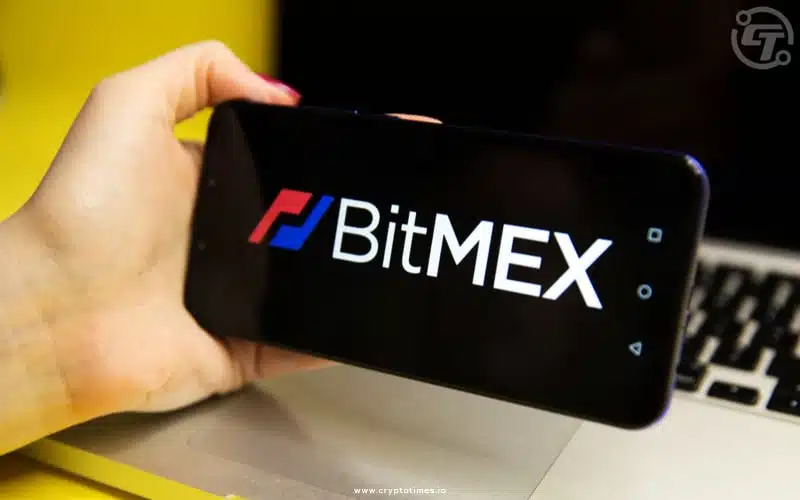BitMEX, the top cryptocurrency derivatives exchange in the world, will shoot Bitcoin to the moon on January 8 at 02:18 am ET from Cape Canaveral Space Force Station in Florida.
The mission, collaborating with Astrobotic, Bitcoin Magazine, and Oxcart Assembly, aims to demonstrate the viability of Bitcoin and blockchain technology in establishing a truly global financial system. It is the first Western soft lunar landing since NASA’s Apollo 17 mission in 1972.
The United Launch Alliance’s (ULA) Vulcan rocket carrying Bitcoin, along with Peregrine-1, a commercial lunar lander, is expected to land on the moon in late February 2024 (tentative arrival date: February 23, 2024).
“The mission is a momentous achievement in space exploration, representing the first step of creating a monetary system for a space economy. Perfectly preserved for future generations, the Bitcoin on the Moon is a time capsule that captures one of the most significant human innovations and technological advancements,” said BitMEX CEO Stephan Lutz.
BitMEX’s tangible Bitcoin, weighing 43 g and loaded with 1 BTC (about $45,000 US as of January 8, 2024), is one of the 201 payloads that NASA’s Commercial Lunar Payload Services effort, along with organizations from government and business, will send to the moon.
This will be the first financial item to be delivered to the moon. It is engraved with a private key and a public address (1MoonBTCixFH3XTrWRCbMpK23o74nQrA1Q).
With Peregrine, BitMEX enables the cryptocurrency community and future generations to engage with the actual coin, on Earth or in space, allowing people to transmit private messages and their satoshis to the Moon.
The bitcoin will remain on the lunar surface. One notable payload from the cryptocurrency community is a copy of Bitcoin Magazine’s Genesis Block.
Also Read: BitMEX Co-Founder Sounds Alarm on Spot ETF Approval







